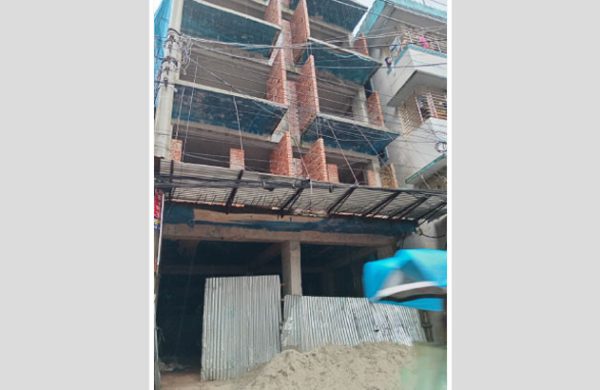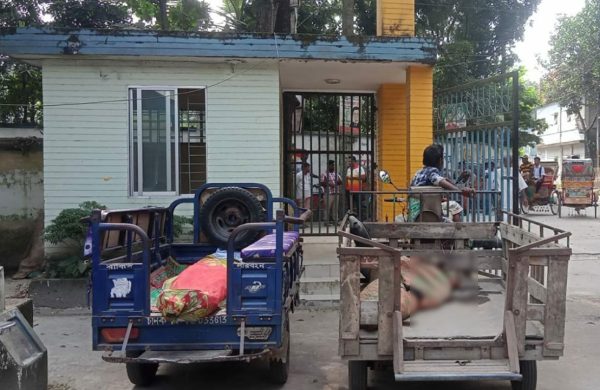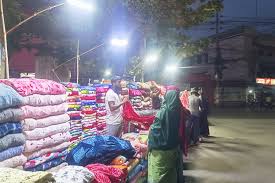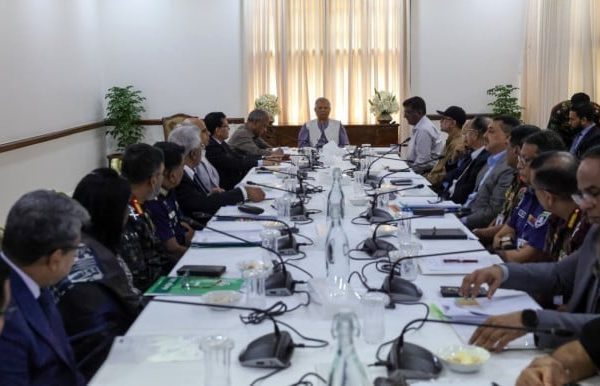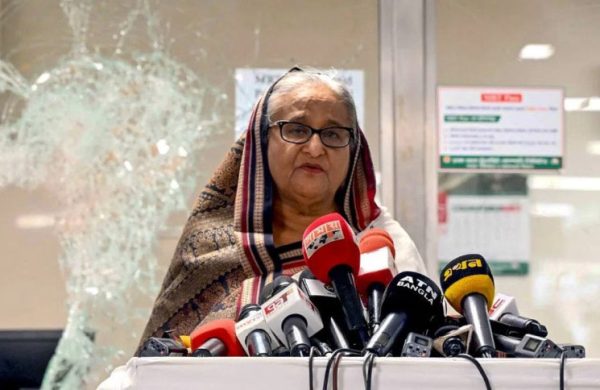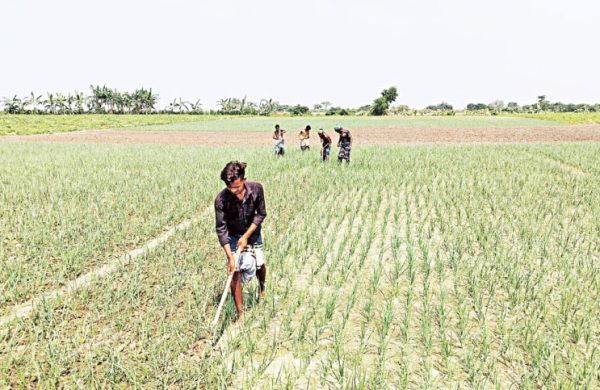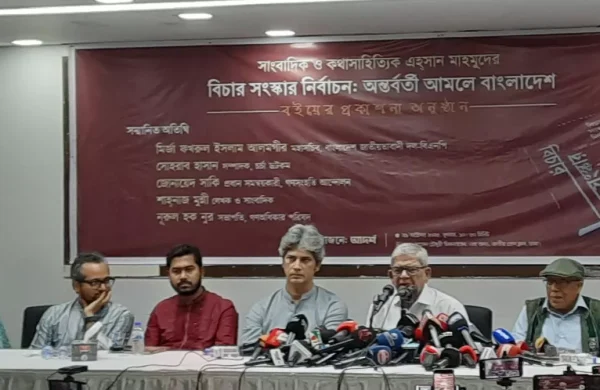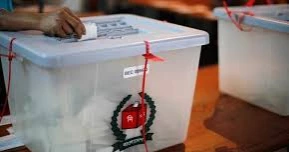Rajshahi University: 68pc students live off-campus
- Update Time : Thursday, September 18, 2025
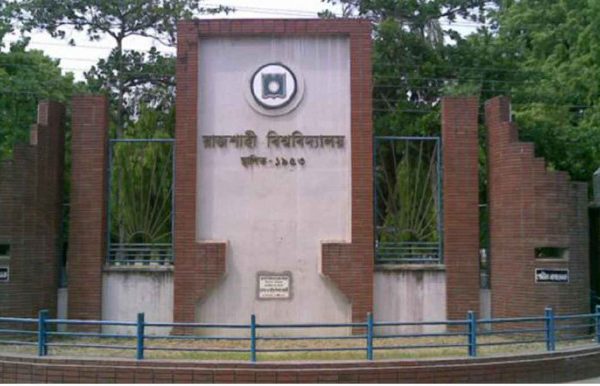
TDS Desk:
Sakibul Hasan, a student of the 2021–22 academic year in the Department of Persian Language and Literature at Rajshahi University, applied three times for a seat in the dormitory.
He even had a professor’s recommendation. Yet, he could not get into Shaheed Habibur Rahman Hall.
Forced by circumstance, he now lives in a rented place outside the university. His rent is 2,500 taka, and including meals and transportation, his monthly expenses amount to around 4,000 taka.
Noting how difficult it is for him to manage this money, Shakibul told , “Living outside means worrying about safety. I have to spend on rickshaw fare every day. If I stayed in the dormitory, both my costs and concerns would be less.”
Tasbir Hasan, a student of the same academic year in the Department of Anthropology, was luckier. He secured a seat in Shah Makhdum Hall, largely because his elder brother already stayed there. Tasbir said, “The rent in the hall is only 100 taka. Outside, it would have cost me 2000 to 3000 taka per month.”
Yet, since its establishment, this second-oldest university in the country pledged to ensure 100 per cent residential facilities for students. In reality, 68 per cent of students now have to live outside the campus.
With the central student union (Rajshahi University Central Students’ Union—RUCSU) election being held after three and a half decades on 25 September, the issue of housing shortage has once again come to the forefront. Candidates from different panels are promising to resolve the crisis.
STUDENTS, DORMITORIES RATIO
Rajshahi University was founded on 6 July, 1953. At the time, it had no permanent campus. Classes and offices were held at Rajshahi College, Barakuthi, and other locations.
Initially, there were only 161 students. Construction of its own campus began in 1958, and by 1964, the university had moved to its present 753-acre campus in Motihar.
Today, the university has 12 faculties, 59 departments, and six higher research institutes. The student population is nearly 30,000.
For them, there are 17 residential halls and one international dormitory. Of these, 11 are for male students and six for female students. The international dormitory houses foreign students and MPhil and PhD researchers.
Altogether, accommodation is available for only 9,673 students. In other words, less than 30 per cent of the students can stay in the halls.
DEPARTMENTS INCREASED, HALLS DID NOT
Over the past 25 years, the university has added 23 new departments and seven new faculties. During the same period, four new institutes were established. In the last 15 years alone, 14 new departments and one institute were launched.
In 2015, the Faculty of Fine Arts was formed, bringing three new departments under it. Departments of Medical Psychology and Microbiology were added to the Faculty of Life and Earth Sciences. Faculties of Fisheries and Veterinary & Animal Sciences were also established during this time.
According to the university archives, in 2000 the student population was about 21,000; it has now risen to 30,000. That is, in 25 years, enrollment has increased by 9,000 students. Yet, during this entire period, only three new halls were built.
FEMALE DORMITORIES AND ‘GONO ROOMS’
The housing shortage is especially acute in the six female dormitories. Each one operates “gono rooms,” where large numbers of students are packed into very little space. This affects both study and sleep.
A student of Rokeya Hall, speaking on condition of anonymity, said, “Because of my family’s financial situation, I couldn’t live in a rented house. I had to come to the hall through teachers’ recommendations. But here, we live in extreme crowds.”
Professor Sharmin Hamid, provost of Begum Khaleda Zia Hall, said her hall has a capacity of 1,200 students. Due to the shortage, nearly half of applicants cannot get a place. As an alternative, 100 extra students are housed in gono rooms. The same situation exists in the other female halls.
SEAT TRADE AND HARASSMENT
During the last government’s final term, control of the halls fell into the hands of the Bangladesh Chhatra League (now banned). Provosts were practically unable to allocate seats. Students allege that they had to pay as much as 10,000 taka in “bribes” to Chhatra League leaders to secure a place.
There are also accusations that those who got seats through normal procedures were harassed and forced out. Many rooms were occupied by non-student activists of the banned organisation. Political blocks were formed within the halls.
However, since 5 August of last year, the situation has somewhat changed. The administration claims that seats are now being allocated on the basis of merit.
2 New Halls Won’t Solve The Crisis
In 2018, the foundation stones of the 10-storey Shahid AHM Kamaruzzaman Hall and Sheikh Hasina Hall were laid. Construction began in 2022. Work on Kamaruzzaman Hall is 95 per cent complete. Students are expected to move in this December.
It will accommodate 1,000 students. Sheikh Hasina Hall will have a capacity of 800, but only 60 per cent of the work is done. Its completion is expected by June next year.
SM Obaidul Islam, director of the university’s Planning and Development Office, said Kamaruzzaman Hall will have 519 rooms, each with two seats. Including house tutors, about 1,000 students will be accommodated. If Sheikh Hasina Hall is completed on schedule, it will add space for another 800 students.
He, however, admitted that this would only bring limited relief, as the total capacity is negligible compared with the overall student population.
HOUSING: A MAJOR ELECTION ISSUE
Ahead of the RUCSU election, candidates are prioritising the housing problem.
Mehedi Sajib, VP candidate from the “Adhipottobirodhi Oikkya” panel, said, “We will emphasise the demand that every student gets a seat in the halls right after admission.”
Nafiul Islam (Jibon), GS candidate nominated by the Jatiyatabadi Chhatra Dal, told, “Most students suffer greatly due to the lack of housing facilities. If elected, we will demand the construction of new halls and also press for subsidies for those who cannot access them.”
Fahim Reza, GS candidate from the Islami Chhatra Shibir-backed “Sommilito Shikkharthi Jote” panel, demanded “housing allowances” for first-year students.
He said, “Since the housing crisis is unresolved, allowances must be provided. Whether we are elected or not, we will pressure the administration to implement this demand.”
Tasin Khan, VP candidate from the “Sommilito Shikkharthi Jote” panel, voiced concern over the safety of female students who fail to secure hall seats.
She said, “When female students live off-campus, they face serious security risks. We will convey the housing problem to the government through the university administration.”
When asked whether steps were being taken to solve the housing crisis, Vice-Chancellor Professor Saleh Hasan Nakib could not be reached despite several phone calls.
However, Pro-Vice Chancellor (Administration) Mohammad Main Uddin told that work on the two new halls is ongoing. Students will be able to move into Kamaruzzaman Hall this December, while Sheikh Hasina Hall is expected to be completed by next June.
He also said that proposals have been sent to the government for five new halls, and there is a plan to demolish Sher-e-Bangla Fazlul Haque Hall and replace it with a 10-storey building.
He stressed that the administration is making efforts to resolve the housing crisis.


